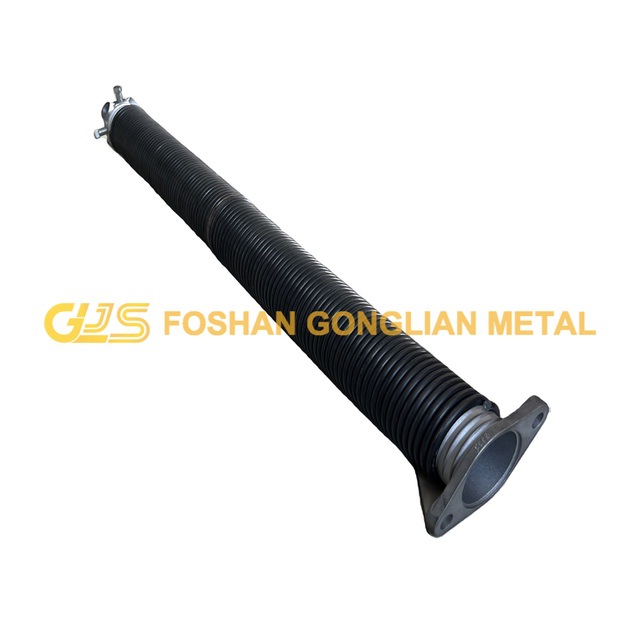Many key parts must consistently be in line for any garage door to operate properly, including the garage door springs. These garage door springs will allow you to conveniently lift and lower the garage door. Now that you know their significance, it’s time to be more attentive. So, here are the two major types of garage door springs.
Torsion Springs
It is the most typical garage door spring. While the extension spring stretches to serve the purpose, torsion springs will use torque to achieve their goal. They are strong and generally more durable than any other kind.
That twisting force that results in the rotation is called torque. So, when you manually or mechanically operate your garage door, the coil will twist and coil on the shaft. The size and width of the garage door’s opening will define the length of the torsion spring you will need.
There are various varieties of torsion springs:
Standard torsion spring
Commonly applicable on residential garage doors, these torsion springs are set up above your garage opening while a metal shaft holds up the springs as the central axis. One normal torsion spring may be sufficient for a relatively light garage door; otherwise, two will be required.
Early set torsion spring
Put this torsion spring in the middle of the shaft, and then put a different kind of hardware next to the wire drums on each shaft end.
Steel rolling door torsion spring
It’s utilized in commercial structures where the torsion barrel holds the rolling door.
Torque master torsion spring
This torsion spring is considered the best. It’s held in place by a twisting cone at the end of every torsion rod inside the shaft.
Extension Springs
Normally, they are found on top of either garage door’s side. Extension springs are the most common type of garage door: they expand after opening the door to offer a counterbalance impact to prop the whole door. The bigger the force, the more the extension springs stretch.
You should remember that every extension spring has safety lines that keep the spring from becoming a projectile if it breaks. The springs have three categories based on how their ends are made: double-looped, clipped, and open-looped ends.
Open looped ends
It is the most straightforward to change because you don’t have to open the eyebolt or take the pulley apart. One problem is that you must change the whole spring, even if just a small part is broken.
Double looped ends
It is stronger compared to the open looped ends. Two coils are attached to the eyebolt and pulley at the spring end. Even though they are stronger, repairing springs with two loops at each end is harder.
Clipped ends
These are the strongest of the 3 kinds of extension springs. The clips place the spring under a little amount of stress, which is one reason it lasts longer. Garage doors that weigh more than 200 pounds more should have extension springs with clipped ends. However, they’re the hardest to change.
Take away
The garage door spring is the unsung hero of the current garage door system. Extension springs and torsion springs are both types of garage door springs. You can choose the right one for your door by learning about each type. Call GL Metal Spring Manufacturer if you have inquiries about garage door springs.

